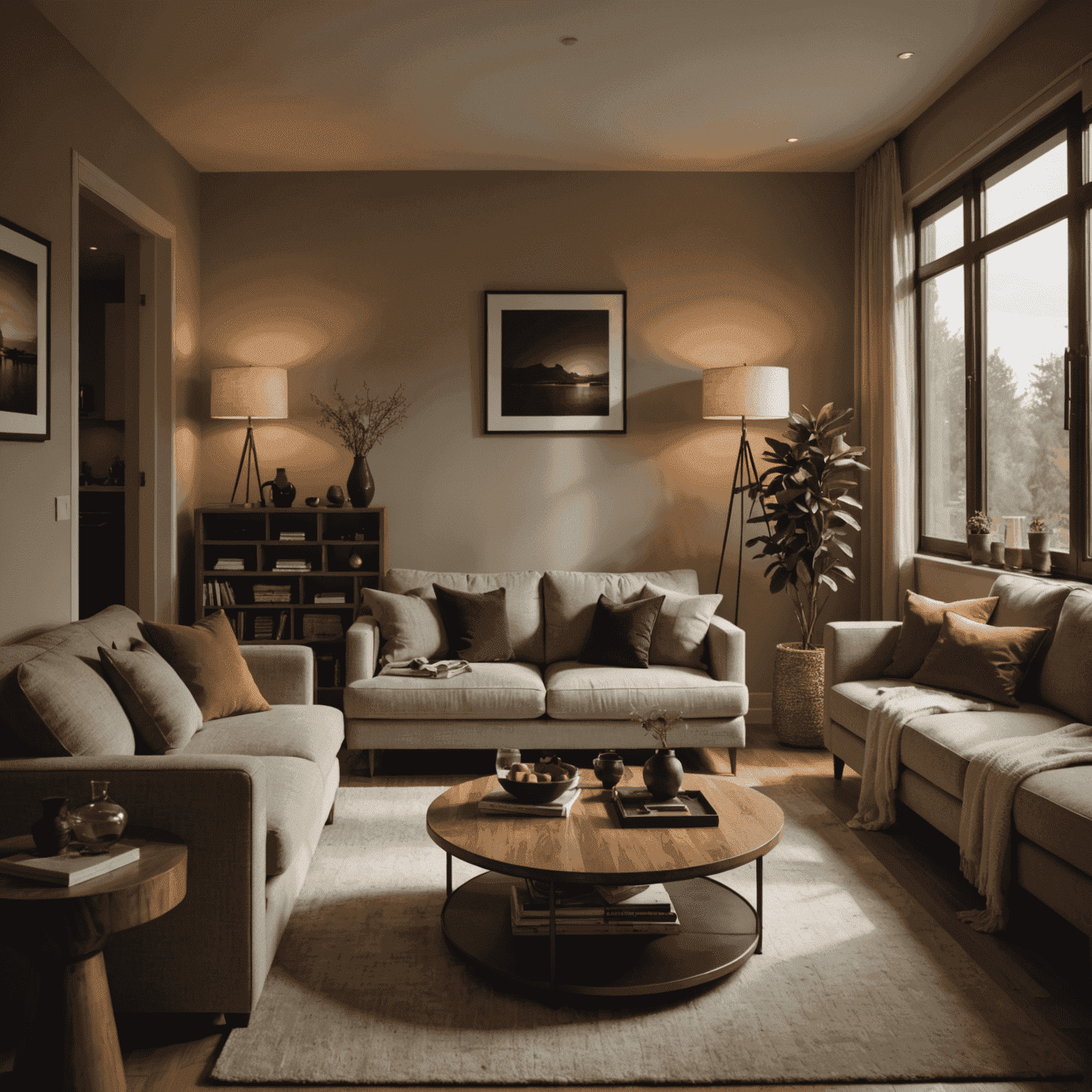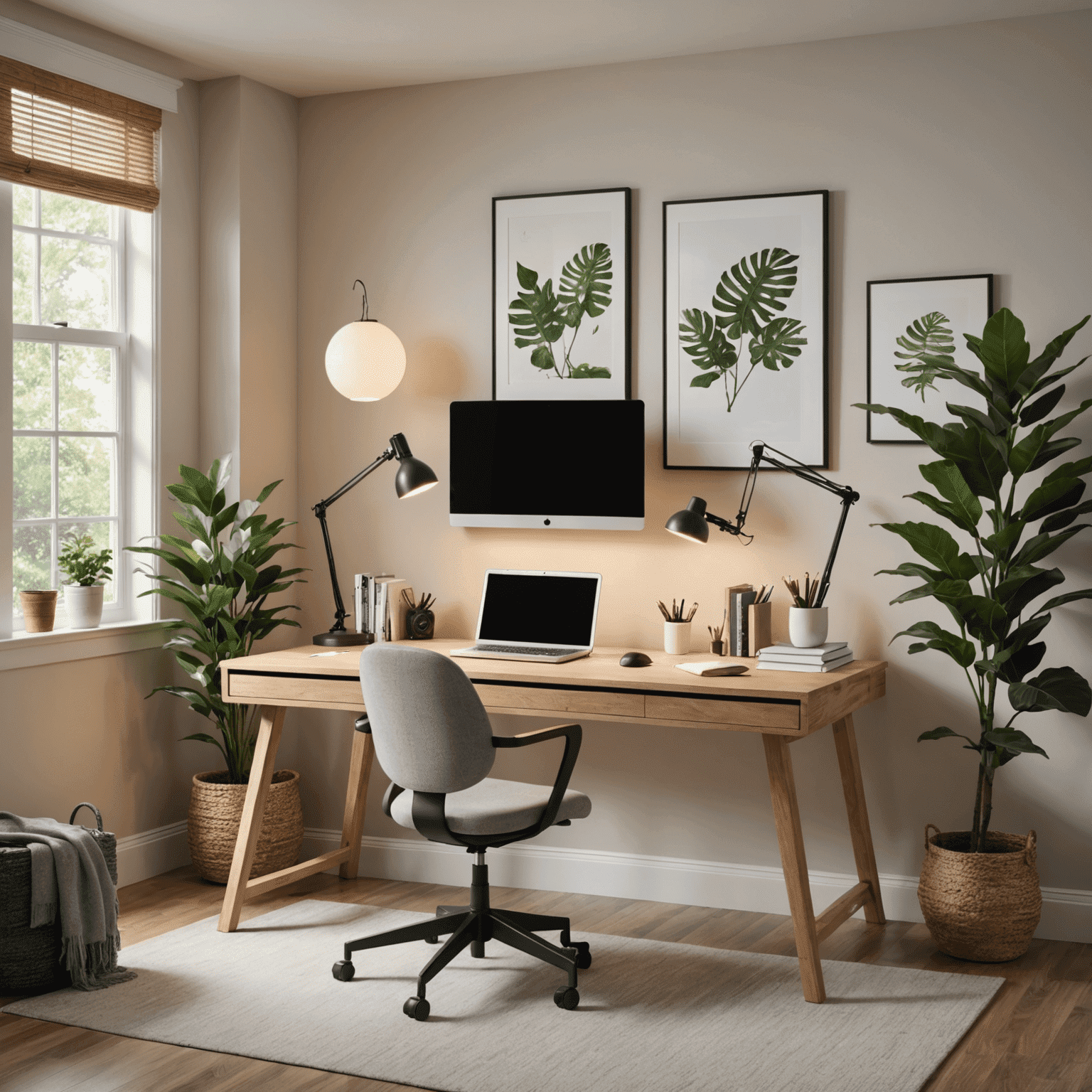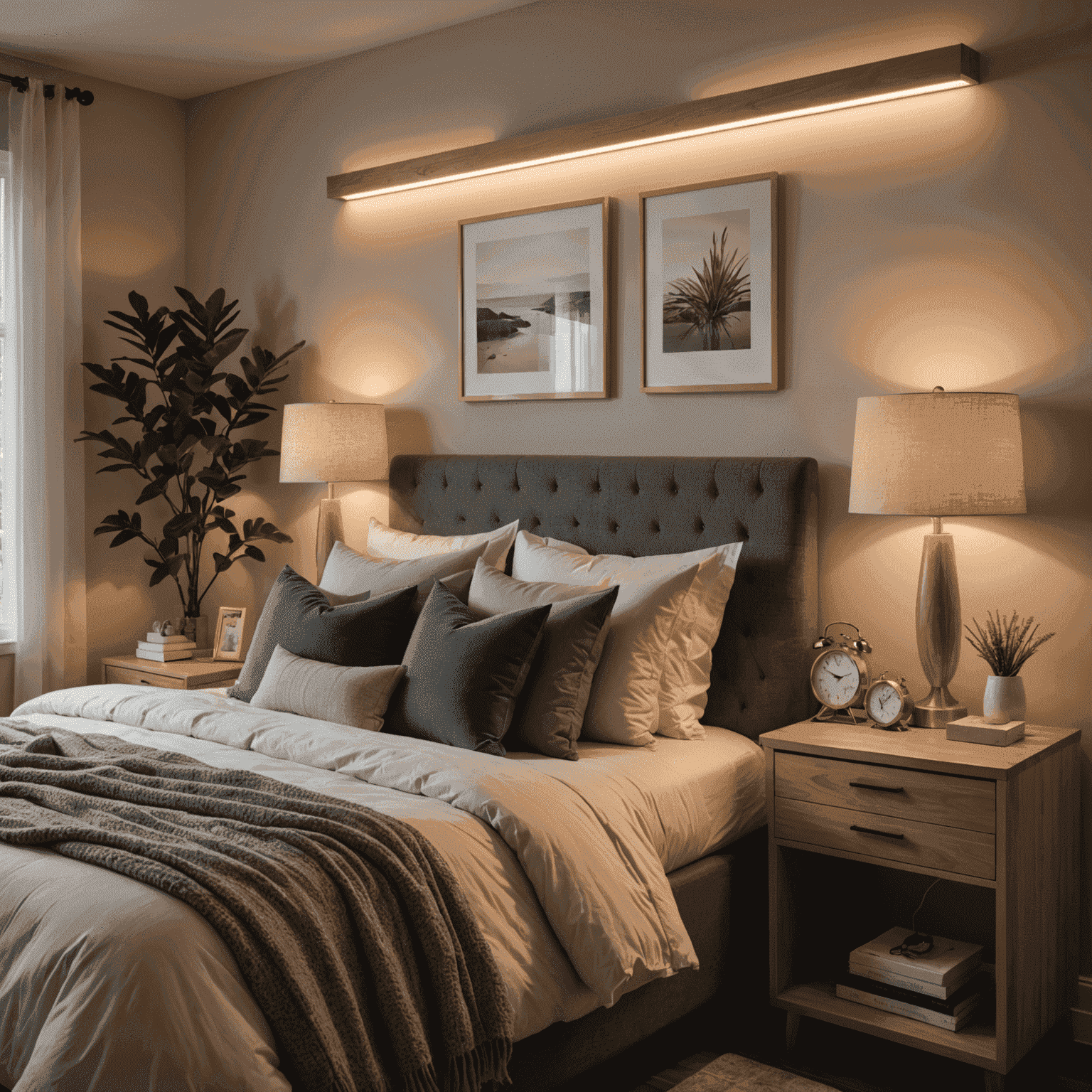Trench Coat Styling Guide: From Classic to Contemporary

The trench coat, a timeless icon of outerwear style, seamlessly bridges the gap between functionality and fashion. Whether you're navigating the urban jungle or attending a formal event, mastering the art of styling this versatile piece can elevate your seasonal fashion game. Let's explore how to wear trench coats for various occasions, from casual outings to sophisticated soirées.
The Classic Daytime Look
For a polished everyday ensemble, pair your trench coat with these essentials:
- A crisp white button-down shirt
- Well-fitted dark denim jeans
- Leather ankle boots or loafers
- A structured handbag
This combination creates a timeless look that's perfect for running errands or meeting friends for coffee. The trench coat adds a layer of sophistication to even the most casual outfits.
Office-Ready Elegance
Transform your trench coat into a power piece for the workplace:
- Layer it over a tailored blazer and trousers
- Choose a midi skirt and silk blouse combination
- Opt for pointed-toe pumps or sleek flats
- Accessorize with minimal jewelry for a professional touch
The trench coat serves as the perfect finishing touch to your business attire, offering both style and practicality for unpredictable weather.

Evening Glamour
Don't shy away from wearing your trench coat for evening events. Here's how to style it for a night out:
- Choose a darker colored trench for added drama
- Drape it over a cocktail dress or sleek jumpsuit
- Add statement jewelry and a clutch
- Finish with strappy heels or embellished flats
The contrast between the structured coat and your elegant attire creates an intriguing and sophisticated look.
Weekend Casual
For a relaxed yet put-together weekend look, try these combinations:
- Layer your trench over a cozy sweater and leggings
- Pair with sneakers or ankle boots for comfort
- Add a colorful scarf for a pop of seasonal color
- Don't forget a crossbody bag for hands-free convenience
This ensemble is perfect for farmers' markets, brunch dates, or casual strolls through the park.
Modern Twists on a Classic
Update your trench coat game with these contemporary styling tips:
- Experiment with oversized or cropped trench styles
- Try bold colors or patterns for a statement piece
- Belt your trench coat over a maxi dress for a bohemian vibe
- Layer it over athleisure wear for an elevated sporty look
Don't be afraid to push the boundaries and make the trench coat your own unique fashion statement.

Seasonal Adaptations
Adjust your trench coat styling to suit different seasons:
- Spring: Opt for lighter fabrics and pastel hues
- Summer: Choose breathable materials and shorter lengths
- Fall: Embrace rich, earthy tones and layer with light knits
- Winter: Select heavier fabrics and pair with cozy accessories
By adapting your trench coat to the seasons, you ensure year-round wearability and style.
Conclusion
The trench coat's versatility makes it a cornerstone of outerwear style. From classic interpretations to modern twists, this iconic piece adapts to your personal style and the demands of your day. By mastering these styling techniques, you'll ensure your trench coat remains a go-to item for any occasion, seamlessly blending practicality with high fashion sensibility.
Remember, the key to great style is confidence. Wear your trench coat with pride, and you'll always look impeccably dressed, no matter the season or setting.
